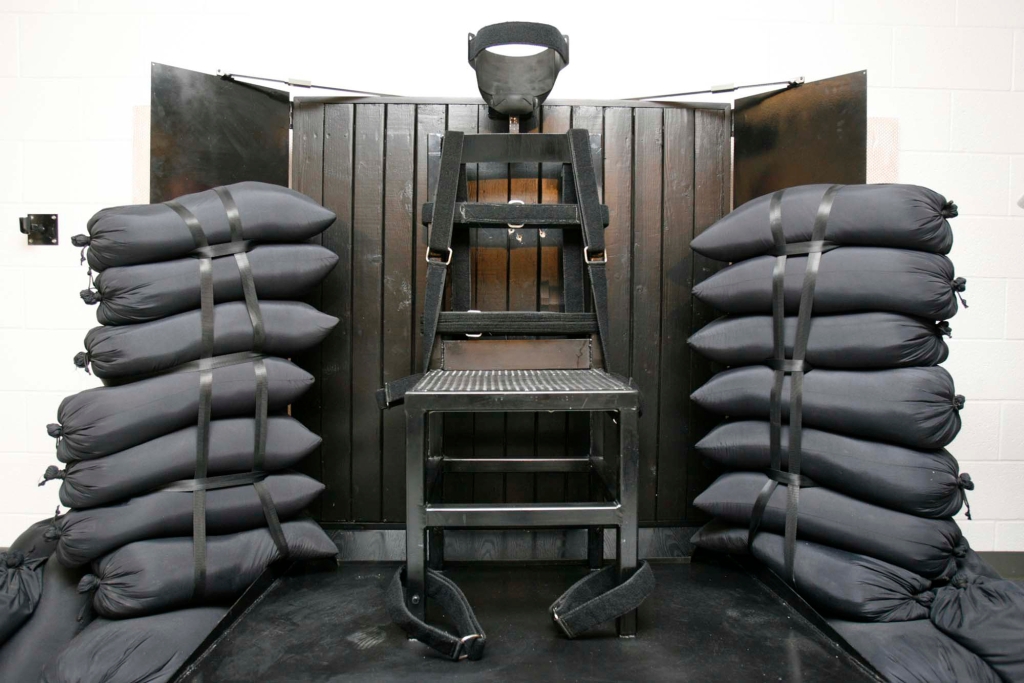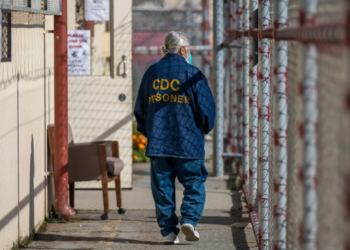By Michael Tarm | Associated Press
CHICAGO — The image of gunmen in a row firing in unison at a condemned prisoner may conjure up a bygone, less enlightened era.
But the idea of using firing squads is making a comeback. Idaho lawmakers passed a bill this week seeking to add the state to the list of those authorizing firing squads, which currently includes Mississippi, Utah, Oklahoma and South Carolina.
Fresh interest comes as states scramble for alternatives to lethal injections after pharmaceutical companies barred the use of their drugs.
Some, including a few Supreme Court justices, view firing squads as less cruel than lethal injections, despite the violence involved in riddling bodies with bullets. Others say it’s not so cut-and-dry, or that there are other factors to consider.
A look at the status of firing squads in the United States:
WHEN WAS THE LAST EXECUTION BY FIRING SQUAD?
Ronnie Lee Gardner was executed at Utah State Prison on June 18, 2010, for killing an attorney during a courthouse escape attempt.
Gardner sat in a chair, sandbags around him and a target pinned over his heart. Five prison staffers drawn from a pool of volunteers fired from 25 feet (about 8 meters) away with .30-caliber rifles. Gardner was pronounced dead two minutes later.
A blank cartridge was loaded into one rifle without anyone knowing which. That’s partly done to enable those bothered later by their participation to believe they may not have fired a fatal bullet.
Utah is the only state to have used firing squads in the past 50 years, according to the Washington, D.C.-based Death Penalty Information Center.
WHAT HAS CAUSED THE LETHAL DRUG SCARCITY?
Under Idaho’s bill, firing squads would be used only if executioners can’t obtain the drugs required for lethal injections.
As lethal injection became the primary execution method in the 2000s, drug companies began barring use of their drugs, saying they were meant to save lives, not take them.
States have found it…
Read the full article here







